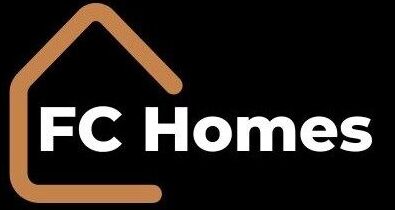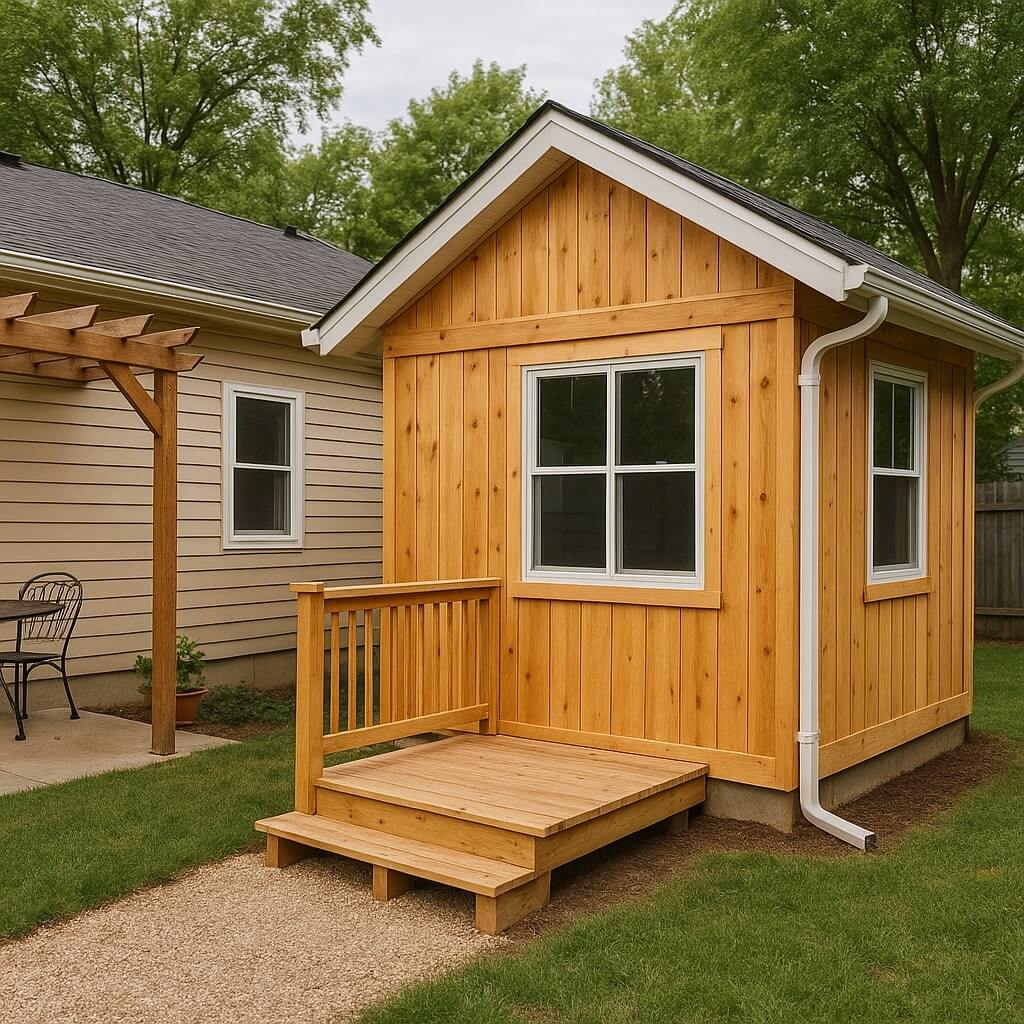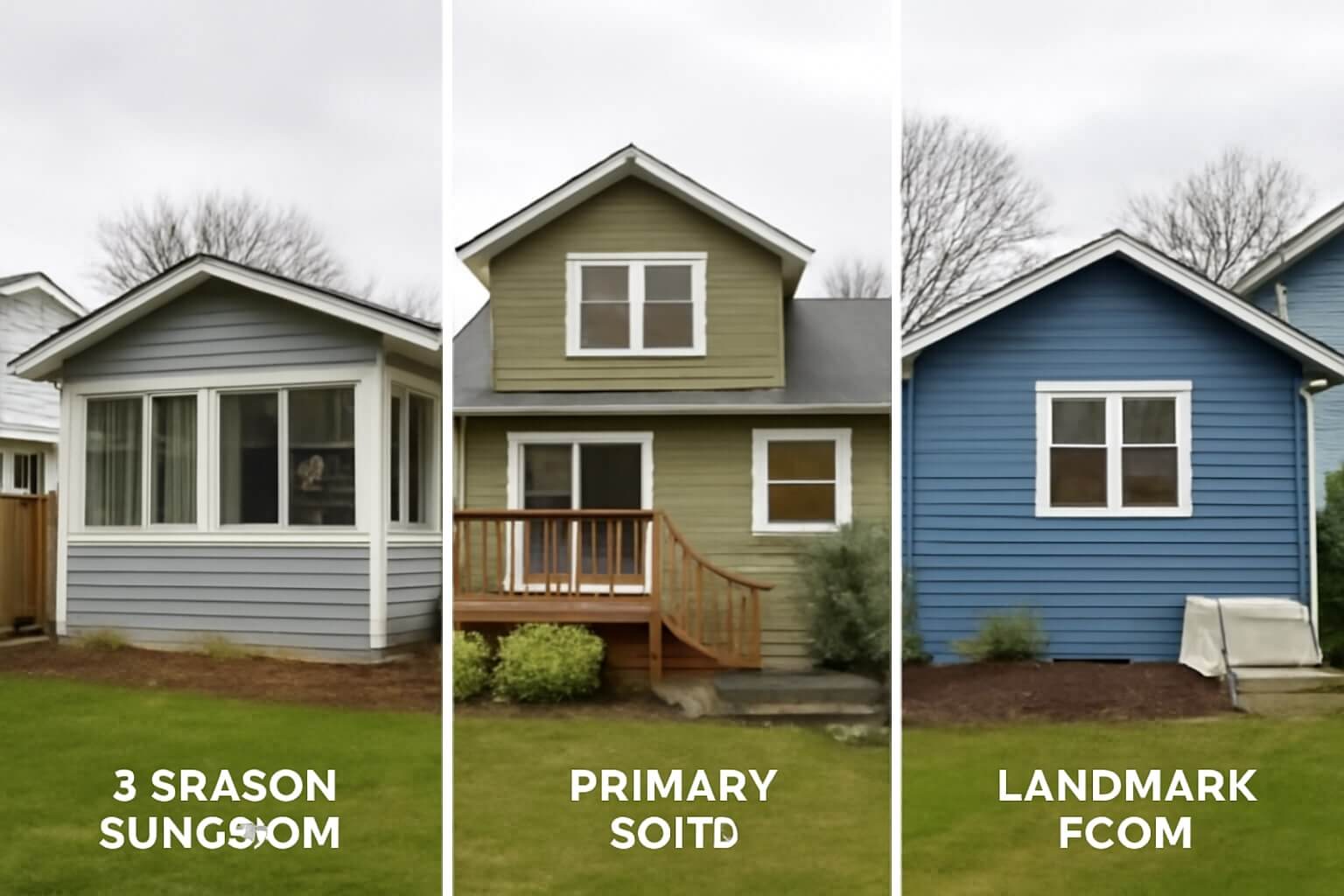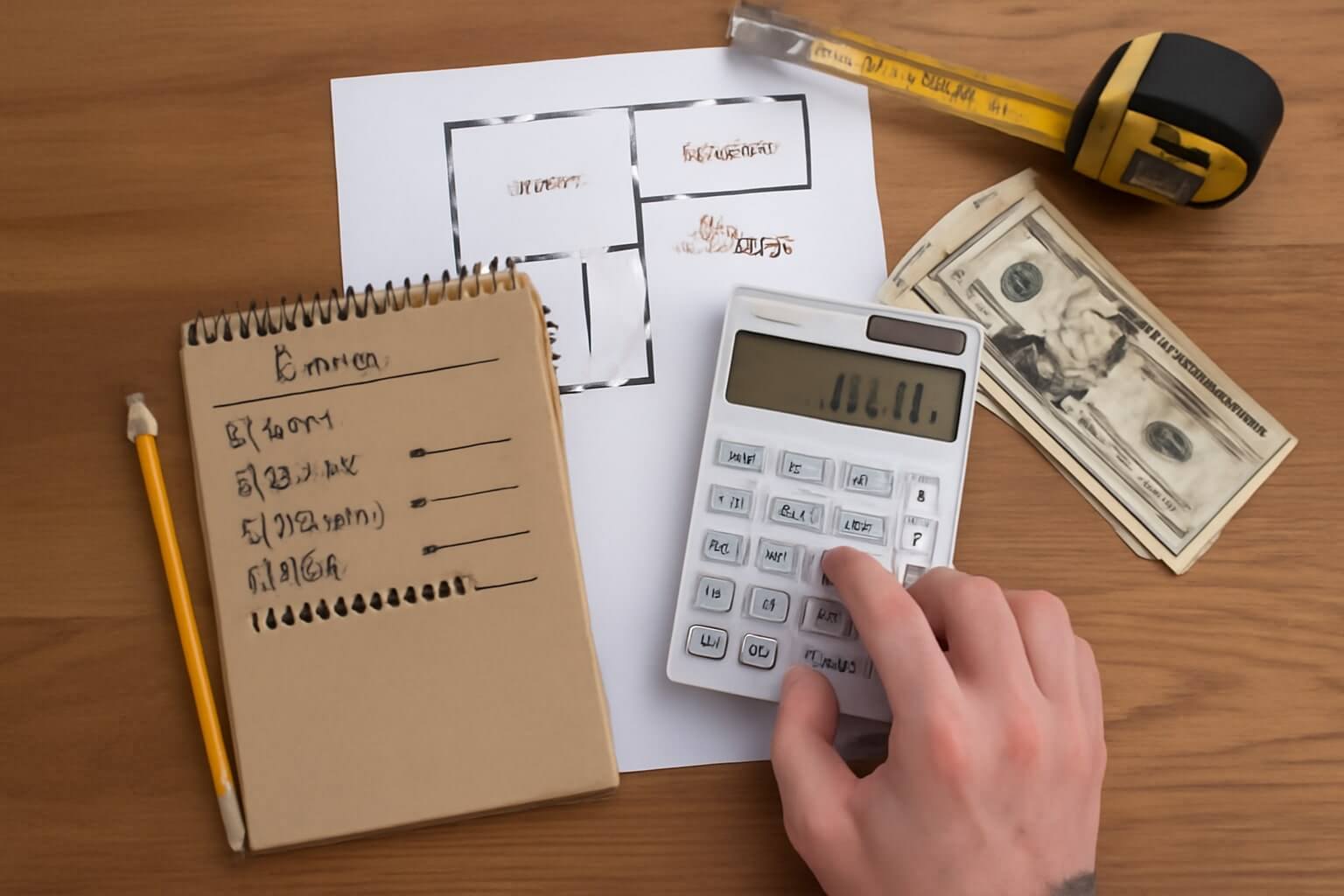Thinking about adding to your home without breaking the bank? You’re not alone. Many homeowners want to maximize their space and functionality while keeping costs low. By evaluating your needs and exploring budget-friendly options, you can create a plan that enhances your living environment. From prefabricated structures to DIY projects, there are plenty of strategies to contemplate. Let’s explore some practical tips that can help you achieve your goals efficiently.
Key Takeaways
- Assess your space and needs to prioritize essential additions that enhance your lifestyle while staying within budget.
- Explore prefabricated options for quicker construction and reduced labor costs, allowing for customization and eco-friendly materials.
- Consider manageable DIY projects like painting or landscaping to save on labor and add personal touches to your home.
- Invest in multi-functional furniture to maximize space efficiency and accommodate guests without sacrificing room for daily activities.
- Focus on energy efficiency by using sustainable materials and appliances, which can lower utility bills and improve comfort.
Evaluate Your Space and Needs

How do you know if a home addition is truly right for you? Start with a space assessment.
Walk through your home and identify where you’re lacking room. Next, conduct a needs analysis—what do you require more of? Is it an extra bedroom, office, or play area?
Prioritize these needs to guarantee your addition meets your lifestyle demands. Consider how the new space will integrate with your existing layout.
By evaluating your space and needs, you’ll make informed decisions, ensuring your home addition enhances your living experience without overwhelming your budget.
Plan wisely, and you’ll create a functional and inviting environment.
Consider Prefabricated Options
If you’re looking to save both time and money on your home addition, consider prefabricated options.
These structures come with numerous prefab benefits, including faster construction times and reduced labor costs.
With prefabs, you can customize your space while enjoying design flexibility, allowing you to choose layouts and finishes that suit your style.
Plus, many manufacturers offer eco-friendly materials, which can further save you money in energy costs down the line.
DIY When Possible
While prefabricated options can simplify the addition process, taking on DIY projects can further cut costs and give you a personal touch.
You can tackle smaller tasks like painting, landscaping, or installing shelving, which aren’t only manageable but also fun. By using your skills, you’ll save on labor costs and enjoy the satisfaction of creating something yourself.
Plus, DIY projects often lead to cost-effective upgrades that enhance your home’s value. Consider collaborating with friends or family for even more hands-on help.
Embrace your creativity, and you’ll be amazed at what you can achieve while staying within budget!
Utilize Multi-Functional Furniture
When you’re planning home additions on a budget, incorporating multi-functional furniture can make a significant difference in maximizing your space and minimizing costs.
By choosing versatile designs, you’ll achieve effective space-saving solutions. Consider these options:
Opting for versatile designs leads to smart space-saving solutions in your home.
- Sofa Beds: Perfect for hosting guests without sacrificing living room space.
- Storage Ottomans: These can serve as seating while hiding away blankets or toys.
- Foldable Tables: Great for dining or work, easily stowed when not in use.
Focus on Energy Efficiency
Focusing on energy efficiency not only reduces your utility bills but also enhances the overall comfort of your home.
Start by investing in energy efficient appliances that consume less power while maintaining performance. When planning your addition, consider using sustainable materials that minimize your environmental impact and improve insulation.
For example, reclaimed wood or bamboo can add style while being eco-friendly. Additionally, verify your windows and doors are properly sealed to prevent drafts.
Plan for Future Expansion

As you plan your home addition, it’s wise to contemplate future expansion needs, ensuring your investment serves you well for years to come.
Consider these key factors:
Consider essential aspects like future needs and local regulations to ensure your home addition is a lasting investment.
- Expansion Timeline: Think about when you might need additional space. Are you planning for a growing family or a home office?
- Zoning Regulations: Familiarize yourself with local zoning laws to avoid costly adjustments later on.
- Design Flexibility: Choose a design that allows for easy modifications or the addition of new rooms as your needs evolve.
Shop Smart for Materials
Thinking ahead about your home addition means you’ll also want to contemplate how to shop smart for materials.
Start by researching various material sources like local suppliers, online retailers, and salvage yards. You can often find high-quality budget materials at discounted prices.
Don’t hesitate to compare prices and ask about bulk discounts, too. Consider repurposing leftover materials from previous projects or even sourcing from friends and family.
Always keep an eye out for seasonal sales or clearance items.
Conclusion
By following these budget-friendly tips, you can enhance your home without stretching your finances. Start by evaluating your space and needs, and consider prefabricated options or DIY projects to save money. Embrace multi-functional furniture and energy-efficient appliances for added value. Remember to plan for future expansion and shop smart for materials. With a little creativity and strategy, you can create a functional, stylish home that meets your needs and fits your budget.




![What Factors Affect Home Addition Costs Per Square Foot]](https://fchomes.org/wp-content/uploads/2025/12/What-Factors-Affect-Home-Addition-Costs-Per-Square-Foot.jpg)